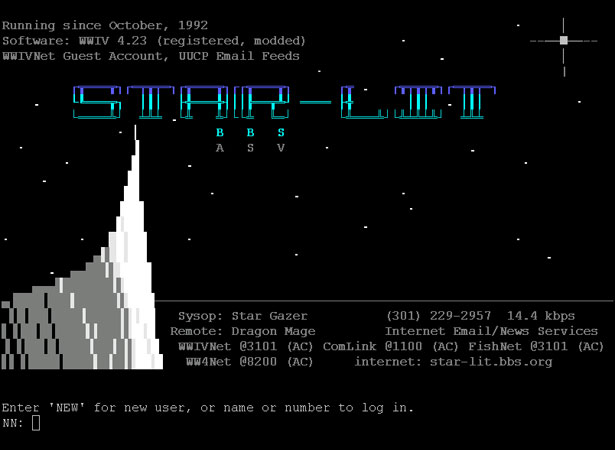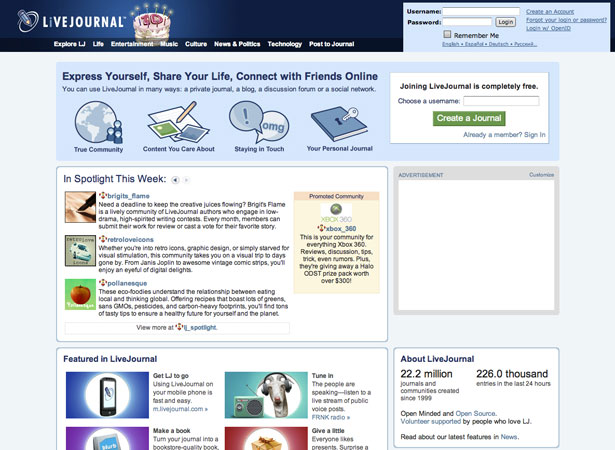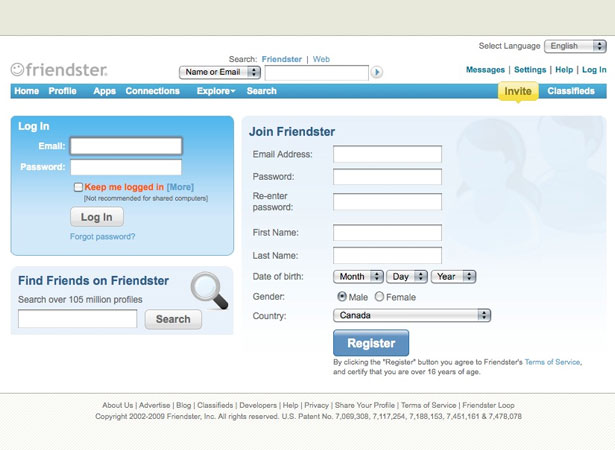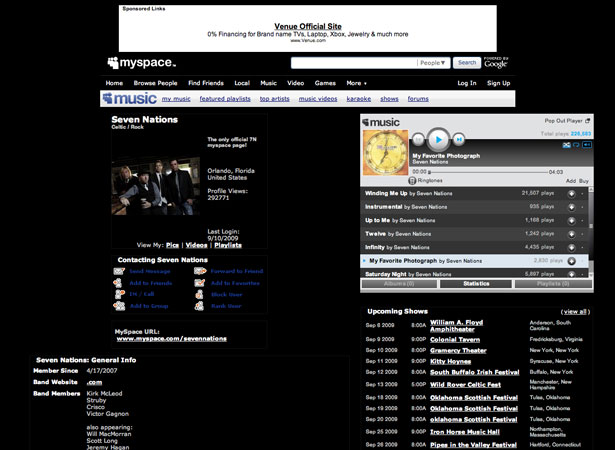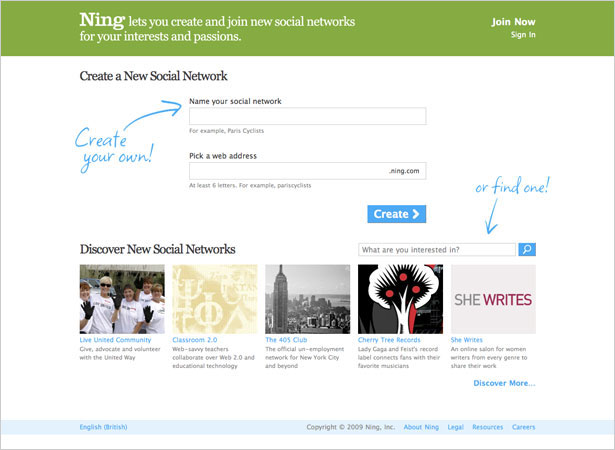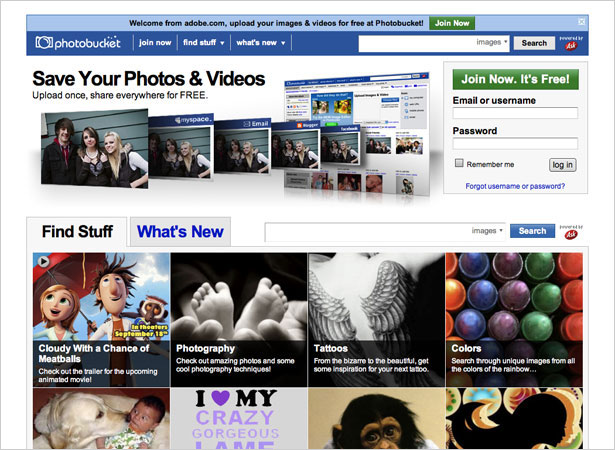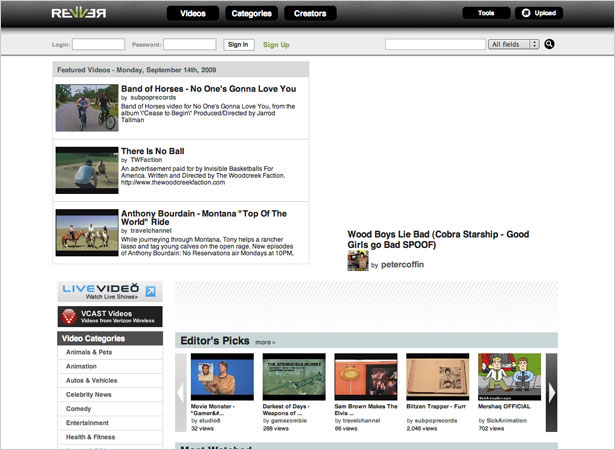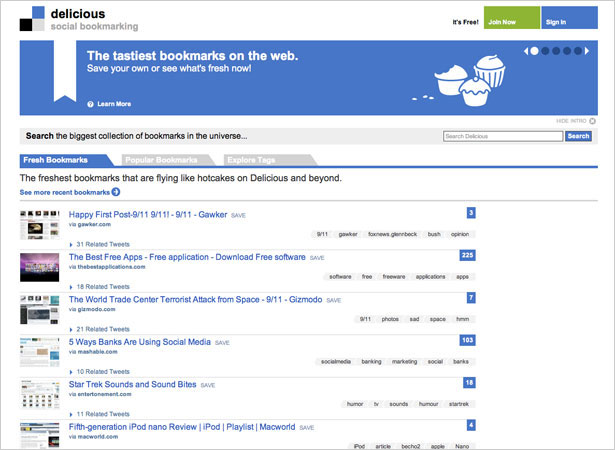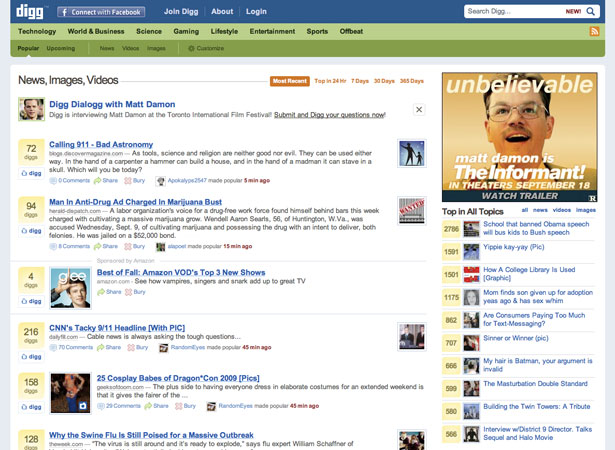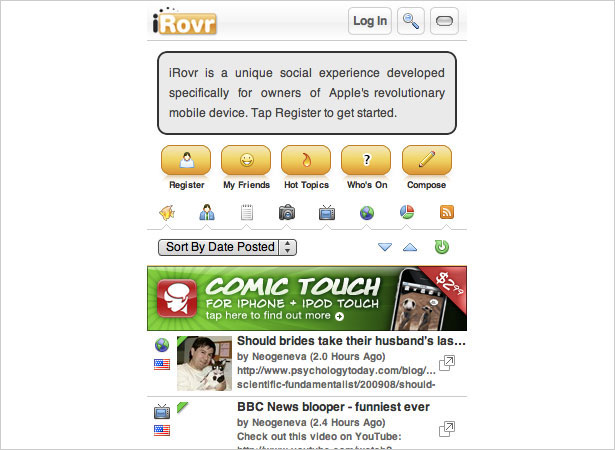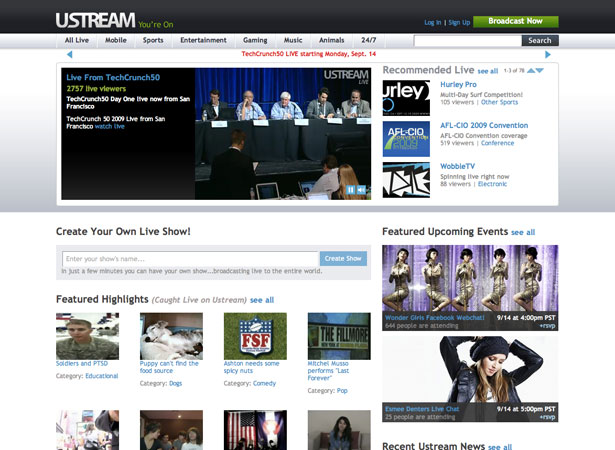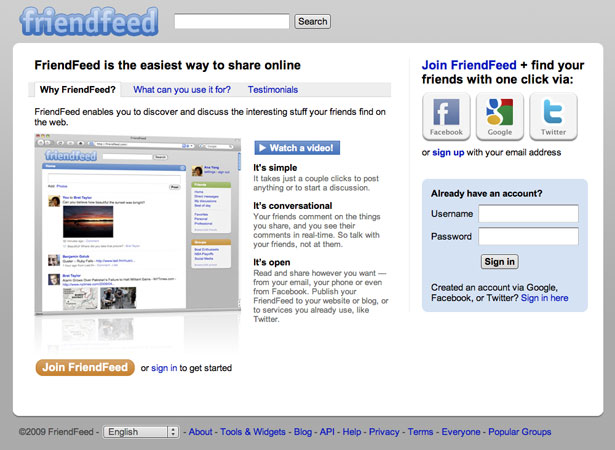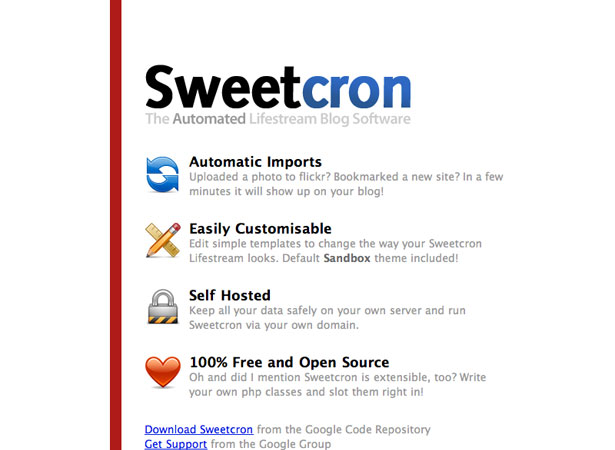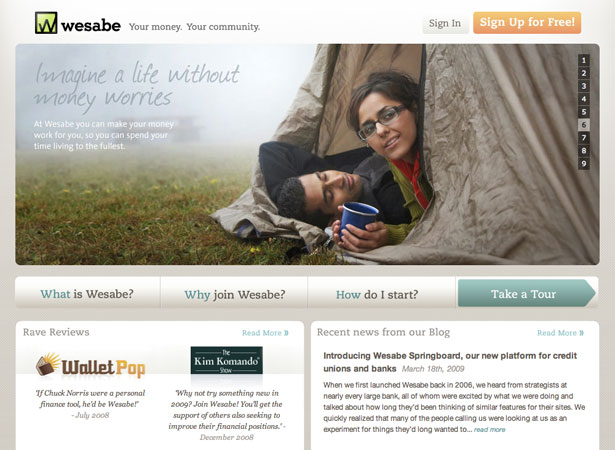 Social media has become an integral part of modern society.
Social media has become an integral part of modern society.
There are general social networks with user bases larger than the population of most countries.
There are niche sites for virtually every special interest out there.
There are sites to share photos, videos, status updates, sites for meeting new people and sites to connect with old friends.
It seems there are social solutions to just about every need.
In this article, we'll review the history and evolution of social media from its humble beginnings to the present day.
Precursors to Social Media
Usernets
Usenet systems were first conceived of in 1979 by Tom Truscott and Jim Ellis. Usenets let users post articles or posts (referred to as "news") to newsgroups.
Usenets have no centralized server or dedicated administrator, setting them apart from most BBSs and forums. Usenets are mostly responsible for the development of newsreader clients, which are the precursor to RSS feed readers so commonly used to follow blogs and news sites today.
Group sites such as Google Groups and Yahoo! Groups use many of the conventions established by the original usenet systems.
BBSs (Bulletin Board Systems)
The first BBSs came online in the late 70s. Originally these were primarily hosted on personal computers and users had to dial in through the host computer's modem. Only one person at a time could gain access to the BBS.
While there were legitimate BBSs, most were at least somewhat involved in illicit, illegal, or other shady practices. Adult material, virus code, information and instructions for hacking and phreaking (phone hacking), and materials like The Anarchist's Cookbook were commonly hosted on BBSs.
But BBSs were the first type of sites that allowed users to log on and interact with one another, albeit in a much slower fashion than we currently do.
Online Services
After BBSs came "online services" like CompuServe and Prodigy. These were the first real "corporate" attempts at accessing the Internet.
CompuServe was the first company to incorporate a chat program into their service. Prodigy was responsible for making online service more affordable (CompuServe had been prohibitively expensive for many, with charges of $6/hour plug long-distance fees that often made the service run $30/hour or more).
Genie was an early online service created by a General Electric subsidiary (GEIS) in 1985. It ran through 1999 and was one of the earliest services available. It was a text-based service, and considered the first viable commercial competition to CompuServe. The service was created to make use of idle time-sharing mainframes after normal U.S. business hours. GEnie offered games, shopping, mail, and forums (called RoundTables). There was even a print magazine associated with the service at one time.
AOL started as an online service too and made great strides at making the Internet more universally accessible in the U.S.
IRC, ICQ, and Instant Messaging

IRC (Internet Relay Chat) was developed in 1988 and used for file sharing, link sharing and otherwise keeping in touch.
It was really the father of instant messaging as we know it today. IRC was mostly UNIX-based though, limiting access to most people.
ICQ was developed in the mid-90s and was the first instant messaging program for PCs. It was at least partly responsible for the adoption of avatars, abbreviations (LOL, BRB) and emoticons. Other IM clients soon followed.
Early Social Networks
Dating Sites
Dating sites are sometimes considered the first social networks. The first dating sites started cropping up almost as soon as people started going online. They allowed users to create profiles (usually with photos) and to contact other users.
Forums
Online forums also played a large part in the evolution of the social web. These were really descendents of the BBSs popular in the 70s and 80s, but usually came with a more user-friendly interface, making them easier for non-technical visitors to use. Various forum platforms, including vBulletin and phpBB, were developed, many of which are still used for forums. Forums remain a popular part of online culture, and many have made strides to add more social networking-type features (like profiles).
While many people consider dating sites or sites like Classmates.com to be the first social networks, they don't really fit the definition.
Dating sites rarely allowed you to keep a friends list, neither did Classmates in its early years (and profiles were severely limited). The following sites were the first true social networks.
Six Degrees
Six Degrees was launched in 1997 and was the first modern social network. It allowed users to create a profile and to become friends with other users.
While the site is no longer functional, at one time it was actually quite popular and had around a million members at its peak.
In 2000 it was purchased for $125 million and in 2001 it was shut down.
AsianAvenue, MiGente, BlackPlanet
These sites cropped up in the years following SixDegrees' launch, between 1997 and 2001.
They allowed users to create profiles and add friends (generally without needing approval to add people). Users could create professional, personal and dating profiles on these sites.
While they were some of the earliest social networks, there were few innovations among them.
LiveJournal
LiveJournal started in 1999 and took a different approach to social networking.
While Six Degrees allowed users to create a basically-static profile, LiveJournal was a social network built around constantly-updated blogs.
LiveJournal encouraged its users to follow one another and to create groups and otherwise interact. It was really the precursor to the live updates we see in social networks currently.
World of Warcraft / MMORPGS
MMORPGS (Massively multiplayer online role-playing games) have become social networks in their own right. The most famous of these is World of Warcraft, where players interact both in the game world and on related forums and community sites.
Social interaction within the games ranges from teams set up specifically for tactical reasons within the game to friendships to romances. MMORPGS became popular in the early 2000s, though there were other online role-playing and other games prior to that.
Major Advances in Social Networking
The early 2000s brought some huge developments in social networking and social media.
Friendster
Friendster was really the first modern, general social network. Founded in 2002, Friendster is still a very active social network, with over 90 million registered users and 60+ million unique visitors each month. Most of Friendster's traffic comes from Asia (90% of it).
Friendster operated by allowing people to discover their friends and then friends-of-friends, and so on to expand their networks.
Its goal was to be a safer place to meet new people than in real-life, as well as being faster. Friendster was, in part, a new kind of dating site.
Instead of matching complete strangers based on shared interests, it operated on the assumption that people with shared friends and acquaintances would have a better chance than those who had no shared connection.
Friendster was most popular with three different groups: gay men, attendess of Burning Man and bloggers.
Hi5
Hi5 is another major social network, established in 2003 and currently boasting more than 60 million active members according to their own claims.
Profile privacy works a bit differently on Hi5, where a user's network consists of not only their own contacts, but also second (friends of friends) and third (friends of friends of friends) degree contacts.
Users can set their profiles to be seen only by their network members or by Hi5 users in general. While Hi5 is not particalarly popular in the U.S., it has a large user base in parts of Asia, Latin America and Central Africa.
LinkedIn was founded in 2003 and was one of the first mainstream social networks devoted to business.
Originally, LinkedIn allowed users to post a profile (basically a resume) and to interact through private messaging. They also work on the assumption that you should personally know the people you connect with on the site.

Gradually, other features have been added, including groups, question and answer forums, and advanced profile features, including real-time updates.
MySpace
MySpace was founded in 2003 and by 2006 had grown to be the most popular social network in the world.
MySpace differentiated itself from competitors by allowing users to completely customize the look of their profiles. Users could also post music from artists on MySpace and embed videos from other sites on their profiles.
Originally MySpace allowed communication through private messages, public comments posted to a user's profile, and bulletins sent out to all of your friends. Blogs are also a big part of MySpace profiles, with each member automatically getting a blog.
In 2006 MySpace introduced MySpace IM, an instant messaging client that lets users chat with their friends.
Other recent additions to MySpace's functionality include the addition of real-time status updates and a news feed showing friend activity.
While Facebook started out as a Harvard-only social network back in 2004, it quickly expanded to other schools, then to high schools, businesses and eventually everyone (by 2006).
In 2008 Facebook became the most popular social networking site, surpassing MySpace, and continues to grow.
Facebook doesn't allow the same kind of customization that MySpace does. Facebook does, however, allow users to post photos, videos and otherwise customize their profile content, if not the design.
Facebook has added a number of features over the past few years, including instant messaging/chat and apps (and their developer platform).
Users have a few different methods of communicating with one another. Private messaging is available as well as writing on another user's wall. Wall posts are visible to that user's friends, but usually not to the general public. Users can easily change their privacy settings to allow different users to see different parts of their profile, based on any existing relationships (the basic privacy settings are "only friends", "friends of friends", and "everyone").
Users can post notes that are visible to all of their friends. Users can also comment on or, more recently, "like" the posts of their friends, and conversations often occur within the comment sections among multiple people.
Other Major Social Networks
Multiply, a "family-friendly" social network and media sharing site was established in 2004 and puts much more emphasis on security and privacy than many other networks. Multiply users have the option to set security levels on each item they post, making things public, network-only, or invite-only.
Orkut, launched in January 2004, is Google's social network, and while it's not particularly popular in the U.S., it's very popular in Brazil and India, with more than 65 million users. Orkut lets users share media, status updates, and communicate through IM.
Kontain, which launched in 2008, works a bit differently than many social networks, putting the focus on usability and allowing users to follow each other through photos, videos, and music, rather than just simple status updates. They also actively recruit businesses to sign up, promotin their service as a way to connect with customers.
Niche Social Networks
As social networking grew, niche sites began cropping up for specific interest groups. There are now social networks for virtually every hobby, passion, interest, industry and group that you could imagine.
Ning
Ning is a platform for creating niche social networks. Networks are hosted by Ning but can take on their own personality and can even pay to have their own branding instead of the Ning brand.
New users can either create social networks for any niche they choose or join any of more than 1.5 million existing networks.
Ning was the first widely-used social networking platform. It's biggest advantage in the market was that it made it incredibly simple for even non-technical users to set up their own social network.
While most other social networking platforms required coding and programming knowledge, Ning required neither of those.
Company-Sponsored Social Networks
A number of niche social networking sites have been developed by corporations in all sorts of industries.
Authonomy is one example; it's a writers' network hosted by the UK division of Harper Collins that has attracted thousands of hopeful writers from all over the globe, but plenty of other companies have created their own networks.
While some of these have active groups, many do not, and end up being shut down due to a lack of activity.
Media Sharing
Social media isn't just limited to social networking sites. Sharing photos, videos, and other multimedia content is also a popular social media activity.
Photobucket
Photobucket was the first major photo sharing site, launched in 2003.
Photobucket allows users to share photos publically or in password-protected albums. They allow users 500MB of storage (lowered from 1GB in August of 2009).
Pro accounts get 10GB of storage (lowered from 100GB to 25GB in July of '08 and then to 10GB in August of '09). Photobucket also hosts video content.
In 2007, Photobucket was purchased by Fox Interactive Media (a News Corporation subsidiary). It was rumored to have sold for as much as $250 million, though terms of the sale were never disclosed.
Flickr
Flickr has become a social network in its own right in recent years. They claim to host more than 3.6 billion images as of June 2009.
Flickr also has groups, photo pools, and allows users to create profiles, add friends, and organize images and video into photo sets/albums.
One of Flickr's major advantages is that they allow users to license their photos through Creative Commons, as well as retaining all copyrights.
Flickr has also recently launched a collection called "The Commons", which features archived photos and images from a variety of museums and other institutions under a "no known restrictions" license (basically meaning the photos are believed to be in the public domain).
YouTube
YouTube was the first major video hosting and sharing site, launched in 2005.
Users can upload videos up to 10 minutes long and share them through YouTube or by embedding them on other websites (social networks, blogs, forums, etc.).
YouTube now allows users to upload HD videos and recently launched a service to provide TV shows and movies under license from their copyright holders.
YouTube's major social features include ratings, comments, and the option to subscribe to the channels of a user's favorite video creators.
Revver
Revver took a slightly different approach to video hosting and sharing.
While YouTube, Metacafe, and most other video sharing sites let you post videos for free and didn't pay content creators for any advertising revenues their videos generated, Revver has been sharing revenue from the start.
Revver splits the revenue generated by a video 50/50 with that video's creator. Some other video sharing and hosting sites are moving in the direction of revenue sharing, but Revver still remains the primary one that does it with all content on the site.
Social News and Bookmarking
Sharing photos and videos wasn't isn't the only kind of information sharing happening with social media.
The advent of social news and bookmarking sites in the mid-2000's brought about a whole new way of see what's going on in the world and discovering interesting content.
News became more widely available thanks to sites like Delicious, Digg, and Reddit, who allowed users to share any news or other content they found interesting with a much wider audience than they might have otherwise had.
Delicious
Delicious (aka, Del.icio.us) is a social bookmarking site founded in 2003. It allows its users to bookmark any content they find online, tag that content, and then share it with other users.
Users can search for bookmarks or browse for them via tags. Delicious also allows users to view the most popular content among other users, as well as up-and-coming content, not unlike most social news sites.
Digg
Digg was founded in 2004 by Kevin Rose, Ron Gorodetzky, Jay Adelson, and Owen Byrne.
Digg users can share links to anything online and other users can vote that content up ("dig") or down ("bury"). Users can also comment on content posted by others and keep a friends list.
Digg has undergone a lot of controversy in its day, including criticism about the power the top 100 Digg users have over what becomes popular on the site.
The "Digg Effect"—when content makes it to the front page, thereby sending a huge influx of traffic to that site, often overloading its servers—is also well-known and often frustrating to those unprepared for the sudden popularity.
Reddit is another social news site founded in 2005. Reddit operates in a similar fashion to Digg, allowing users to vote content up or down.
Users can view popular items, new items, and "controversial" items (presumably those items that have received a lot of both up and down votes). Reddit, like Digg, also allows users to comment on posted items.
Real Time Updates
Real-time updates have become the new norm in social media. With the advent of Twitter in 2006, status updates have become the new norm in social networking. Virtually all major social networks now allow real-time updates.
Twitter was founded in 2006 and gained a lot of popularity during the 2007 SxSW (South by Southwest) conference.
Tweets trippled during the conference, from 20k per day to 60k. Twitter has developed a cult-like following and has a number of famous users (Ashton Kutcher, Demi Moore, Soleil Moon Frye, MC Hammer, Oprah, Martha Stewart, and many, many more).
Twitter has also spawned a number of third-party sites and apps, turning it into more of a platform than a single service. There are Twitter clients for updating and managing followers; services that track Twitter trends; and services for posting photos and videos directly to Twitter.
Posterous
Posterous is the newest major microblogging application, started by Y Combinator in May 2009.
Users post content via email. Emails can include attached photos, MP3s and other file types that are also posted. No initial signup is needed, setting it apart from most other social media services.
Tumblr
Tumblr is sort of a cross between a lifestreaming application and a microblogging platform. Tumblr was founded in 2007 and had around 75,000 tumblebloggers switch to the service immediately.
The site lets users post photos, video, text, audio, links, conversations, and other content on blog-like sites. There are mobile applications available for posting to Tumblr, making it ideal for lifestreaming.
Tumblr is also very easy to use, making it well-suited to less technical users. It's similar to Twitter and other microblogging platforms in the way that it lets you follow other Tumblr users and see their updates in a specialized dashboard feed. Users can also "heart" (favorite) other Tumblr users' content and reblog posts from other users, keeping the original credit intact.
Other Services Adopt Real-Time Updates
As mentioned before, virtually every social networking site now allows for status updates. Facebook has incorporated status updates into their interface for years. MySpace adopted the practice more than a year ago. And most recently, LinkedIn has started to allow users to update their status.
Real-time updates allow users to stay connected to their friends and family on a constant basis and often improve relationships between people.
When you constantly know what's going on with friends and family, it's easier to discover shared interests, activities, and other information that might never have come out in real-life conversations. This can lead to stronger relationships offline.
The iPhone's Role in Real-Time Updates
The iPhone can be largely credited for the rise in popularity of real-time updates. Prior to the iPhone's launch, mobile browsers were clunky at best, and virtually unusable at worst.
But the iPhone made it easy and even fun to browse the web from a mobile device. Add apps for virtually every social network to the mix and it became possible for users to update anytime, from anywhere.
Other phones have followed suit and there are now mutliple devices available that let users easily update their status on the go (including posting photos and video updates).
The iPhone has taken such a huge role in social media that there are now social networks only available on the iPhone. iRovr is a social networking app specifically for the iPhone/iPod Touch.
It allows users to post photos, updates, links (including to YouTube videos), create polls, subscribe to RSS feeds and more. It was launched in 2007 and is still going strong two years later.
Lifestreaming and Lifecasting
Real-time updates have led to an increase in the number of people who are now lifecasting or lifestreaming virtually everything they do. While some opt to lifestream by aggregating their online activities in a single place (such as with FriendFeed).
Ustream.tv
Ustream was founded in the summer of 2006 and has become the streaming video host of choice for celebrities like Ashton Kutcher and Soleil Moon Frye.
While most Ustream users only go live occasionally, there are channels that are live around the clock (mostly security cameras, animal cameras, traffic cameras, and other stationary feeds).
Ustream allows viewers to post comments and ask questions directly to the feed host during live broadcasts, and this interactivity often engages users to a greater extent than other video sites where videos are posted after they've been filmed instead of being streamed live.
Justin.tv
Justin.tv is a streaming video host founded in October 2006 that lets lifecasters and live show creators to broadcast to hundreds or thousands of Internet users.
iJustine is probably Justin.tv's most public user, lifecasting practically her entire life on the site at one time (she appears to be lifecasting a bit less recently, though she's still very active on the site).
There are more than 400,000 channels on Justin.tv, and they get more than 41 million unique visitors each month.
FriendFeed
FriendFeed, which launched in 2007 and was recently purchased by Facebook, allows you to integrate most of your online activities in one place (Twitter, RSS feeds, and Flickr, among others).
It's also a social network in its own right, with the ability to create friends lists, post updates, and otherwise communicate.
Other Lifestreaming Sites
There are a number of other lifestreaming sites out there that people are using. Most can be integrated into your blog or website to show your visitors all of your activities around the web.
There are even some dedicated blog plugins for lifestreaming. WP Lifestream is one such plugin, specifically for WordPress. It lets you integrate your profiles from Facebook, Flickr, Last.fm and Wordie right out of the box, and you can add additional modules for integrating more feeds.
Profilactic.com is another lifestreaming application that lets you integrate feeds from 190 different websites, including Blippr, Delicious, Digg, deviantART, Dopplr, Facebook, Flickr, Last.fm, LiveJournal, MySpace, Pandora, Revver, StumbleUpon, Twitter, Tumblr, and more. Sweetcron is a similar app, though it's opensource and you host it on your own servers.
Social Everything
It seems that nowadays there are social and user-generated sites for just about every activity you can imagine. There are social shopping sites. Social financial planning sites. Sites for getting book, movie, app, and other reviews. Sites to share your goals and meet like-minded people. Sites to plan your travels and share them with others. And sites to help you make decisions on just about anything.
Social media has become a huge part of the lives of millions of people worldwide. Whether it's something as simple as looking up reviews of movies from real, live people (instead of professional movie reviewers) or getting advice on major life decisions, there are social sites out there to provide you with the information you seek.
Even on general-purpose social networks and social media sites like Twitter there are thousands of ways to get input on just about anything.
Instead of using Google the next time you have a question about something, try asking on Twitter. A lot of the time you get better information from the crowd there in less time than pouring over pages of search results.
Social Media Concerns and Criticism
As social media has grown in popularity and become mainstream, it has been faced with growing controversy and criticism.
The main criticisms seem to fall along a few lines: Social media can be used by stalkers; Social media can be used by child predators; and, Social media sites open up privacy and security concerns.
While there is only so much social media sites can do about the first two, there is a growing trend among many sites to bolster the privacy policies and make users feel more secure.
Social Media Used by Stalkers
Facebook and other social media sites have come under attack for making it easier for stalkers to track their victims or even to find new ones. This kind of accusation is not entirely unfounded.
Many social media users don't take advantage of privacy settings and leave their entire profiles public. While this is often a good idea for professional profiles where you want to make connections with people you don't necessarily know, personal profiles can benefit from hiding some information from public display.
Social networks make these privacy settings available to users to help prevent stalkers and predators from being able to see their updates.
But they can't force users to use them, so in the end much of the responsibility falls to the individual users, not the networks themselves.
Social Media Used by Child Predators
MySpace is the most publically attacked social networks accused of being a haven for child molesters and pornographers, but the site, and other social networks, have made great strides in protecting the identities and information of minors using their sites.
Again, this is one of those situations where much of the problem came from users not making their profiles private.
MySpace took a major step to prevent predators from friending underage teens by requiring friend requesters to know the email address or another personal identifier in order to send a friend request to a minor.
They also require the profiles of teens under the age of 16 to be private, not allowing non-friend users to view them. Other sites have taken similar steps.
Privacy Concerns

Facebook recently came under attack for changes to its privacy policy that were worded ambiguously enough to effectively grant rights to Facebook to use any of your content, private or public, for their own purposes (such as advertising) even after you'd delected your profile.
While the company maintains that was never their intent and it was simply unfortunate wording, the backlash was severe enough that Facebook changed their privacy policy back to its previous version and then solicited user input for revisions. It was a harsh lesson in how concerned many users are about the information they provide online.
When you consider that many people post information about all aspects of their lives online, mostly on social media sites, it's no wonder many are concerned about what companies can do with that information.
Social networks and other sites have to rapidly respond to user concerns over privacy and security. With the information in an average social media profile, it would not be inconceivable for a hacker to illegally gain enough information about a person to steal their identity or otherwise cause problems.
Security concerns have also cropped up as average people have found their profiles hacked and embarrassing information posted about them.
While this type of thing was once relatively confined to celebrities and well-known people (or people who had a personal vendetta against them), it has become more widespread and it's not unheard of for regular people to be targeted (such as this woman on Facebook recently).
The Role of Social Media in Pop Culture
Social media has, in the past year or two, become a mainstream online activity. In 2007, social media activities overtook pornography as the most popular online activity in the U.S. (the two industries continue to battle it out, alternately gaining or losing ground on a monthly basis).
Celebrities now use Twitter, Facebook, and other social networks on a regular basis. And it's not just their publicists—stars are updating their status themselves and interacting with fans on a daily basis.
It's not uncommon to see Twitter-inspired t-shirts, and there has been at least one "fail-whale" tattoo (I'm sure there are more out there).
When Twitter and Facebook both suffered a DDOS attack in early August '09, there was a real sense of loss among many users until the sites were back up.
Social media has become an integral part of how people communicate, stay in touch, keep on top of new developments, and otherwise connect with the world around them.
The Evolution of Social Media
Social media has come a long way since the days of BBSs and IRC chats. And social media continues to evolve on a daily basis.
With major social networks and social media sites making changes and improvements on an almost daily basis, it's sure to keep evolving in coming years.
The one thing we can be pretty sure of at this point is that social media is not just a phase, and likely won't go away any time soon...at least until something better comes along.
Further Resources:
- A Brief History of Social Media
- The history of social media in a blink
- Mashable: The Social Media Blog
- Wikipedia's Social Media article
- 6 of the Best Lifestreaming Solutions
- Social Network Sites: Definition, History, and Scholarship
Written exclusively for WDD by Cameron Chapman.
Where do you think social media is heading and how do you use it? How much influence does social media have in your life?

